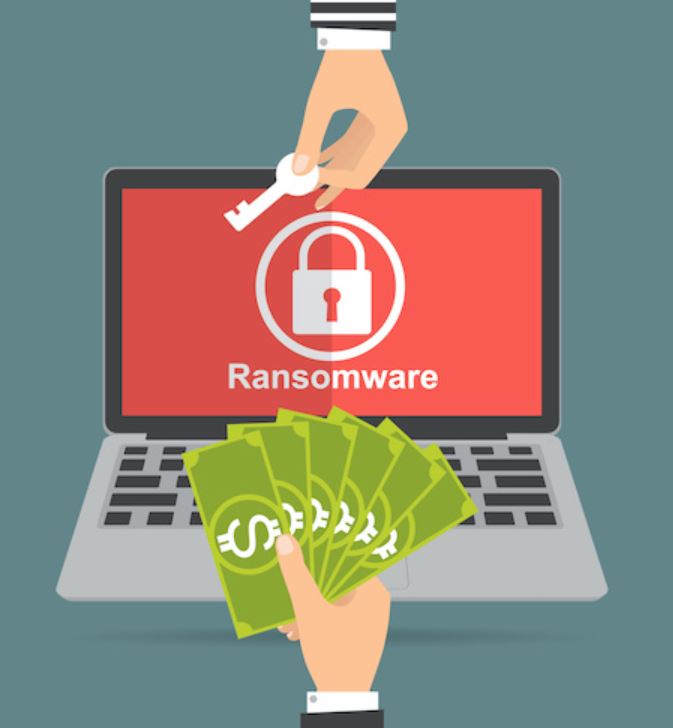The Rise of Ransomware: Trends and Countermeasures
In recent years, ransomware has emerged as one of the most menacing and financially devastating cybersecurity threats. From high-profile attacks on major corporations to individuals falling victim to ransom demands, ransomware has made its mark in the digital world. In this blog post, we’ll explore the alarming trends surrounding ransomware, understand how it operates, and most importantly, discover effective countermeasures to protect yourself or your organization.
Understanding Ransomware
What is Ransomware? Ransomware is malicious software designed to encrypt a victim’s files or entire system, rendering them inaccessible. The attackers then demand a ransom, typically in cryptocurrency, in exchange for the decryption key.
The Motivation Behind Ransomware Attacks Attackers are primarily motivated by financial gain. They exploit vulnerabilities, encrypt valuable data, and demand ransoms, which can range from hundreds to millions of dollars.
Recent Trends in Ransomware
The Alarming Rise Recent years have witnessed an alarming surge in ransomware attacks. Attackers have grown bolder, targeting critical infrastructure, healthcare facilities, and even municipalities.
Double Extortion A concerning trend in ransomware is “double extortion,” where attackers not only encrypt data but also steal sensitive information. They threaten to release this data unless the ransom is paid, making the situation even more dire.
How Ransomware Works
The Attack Lifecycle Understanding how ransomware operates is crucial for defense. Attacks typically follow a pattern: infection, encryption, ransom demand, and potential data leak.
Entry Points Ransomware can enter systems through various vectors, including phishing emails, malicious attachments, or exploiting software vulnerabilities.
Countermeasures
Prevention and Protection
- Backup Your Data: Regularly back up critical data to offline or cloud storage.
- Software Patching: Keep all software, including operating systems and applications, up to date to patch known vulnerabilities.
- Employee Training: Train employees to recognize phishing attempts and suspicious emails.
- Use Antivirus Software: Install reputable antivirus and anti-malware software.
Detection and Response
- Implement Intrusion Detection Systems (IDS): IDS can detect suspicious network activity.
- Cybersecurity Tools: Invest in advanced cybersecurity tools that can identify and mitigate ransomware threats.
- Isolate Infected Systems: Quickly isolate and disconnect infected systems to prevent further spread.
Case Studies
- Colonial Pipeline: Learn how Colonial Pipeline responded to a ransomware attack and the lessons to be gleaned from their experience.
- City of Baltimore: Explore how the city of Baltimore responded to a major ransomware attack and the steps they took to recover.
Conclusion
The rise of ransomware is a stark reminder of the ever-present threats in the digital landscape. However, by staying informed about current trends, implementing robust security measures, and learning from real-world case studies, individuals and organizations can significantly reduce their risk of falling victim to these insidious attacks. Ransomware may be on the rise, but with the right knowledge and proactive measures, we can collectively combat this cyber menace.





